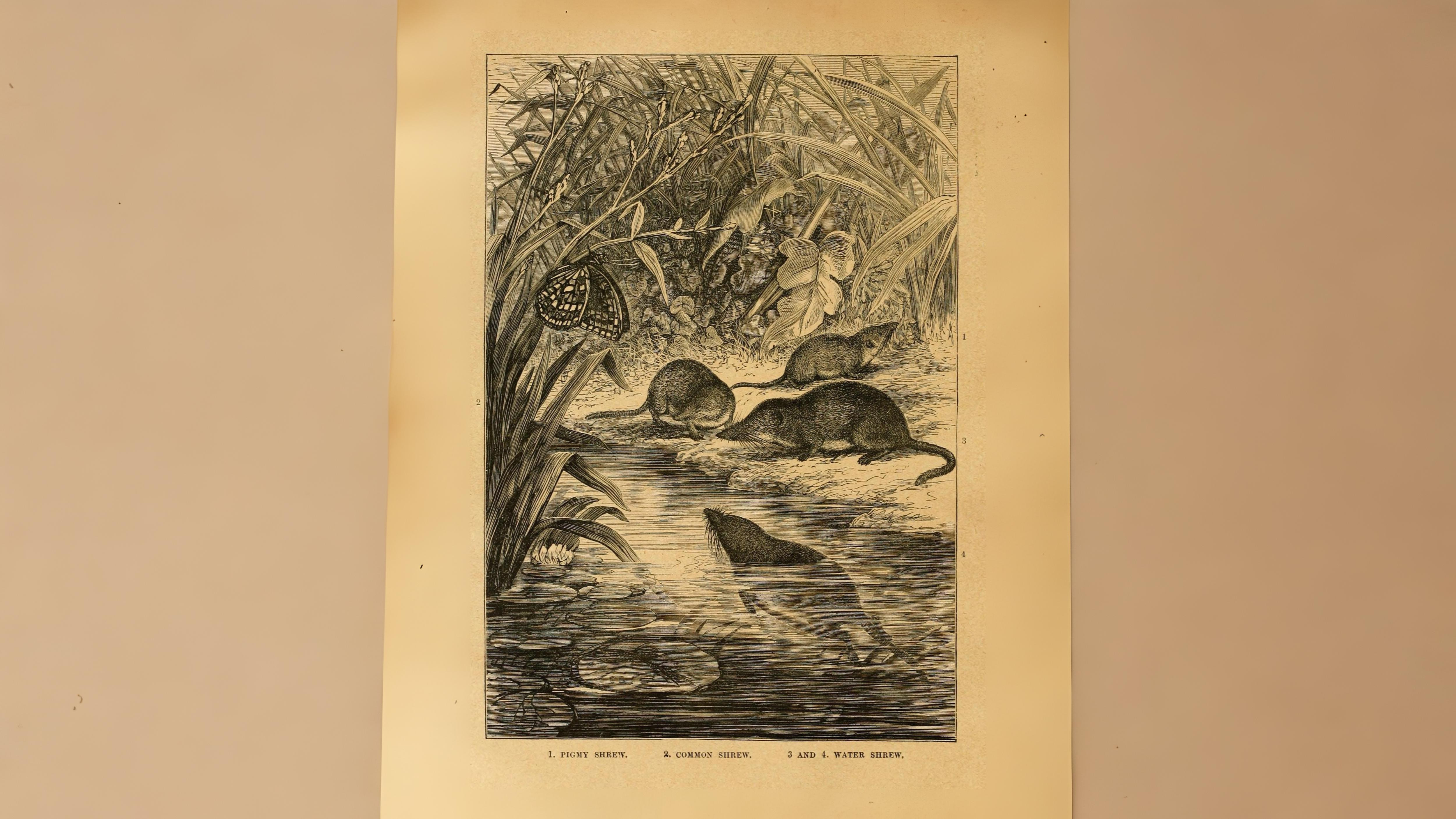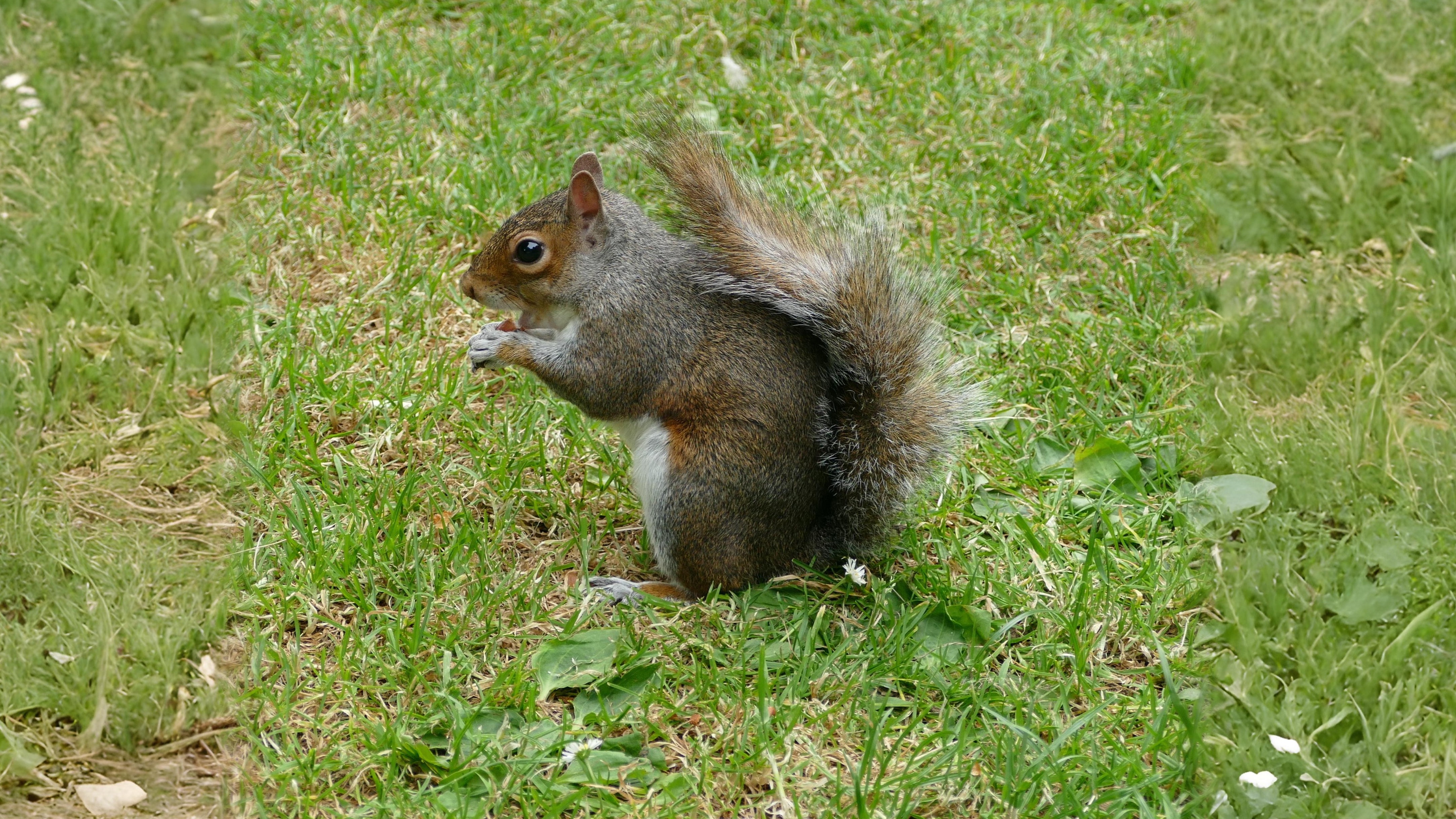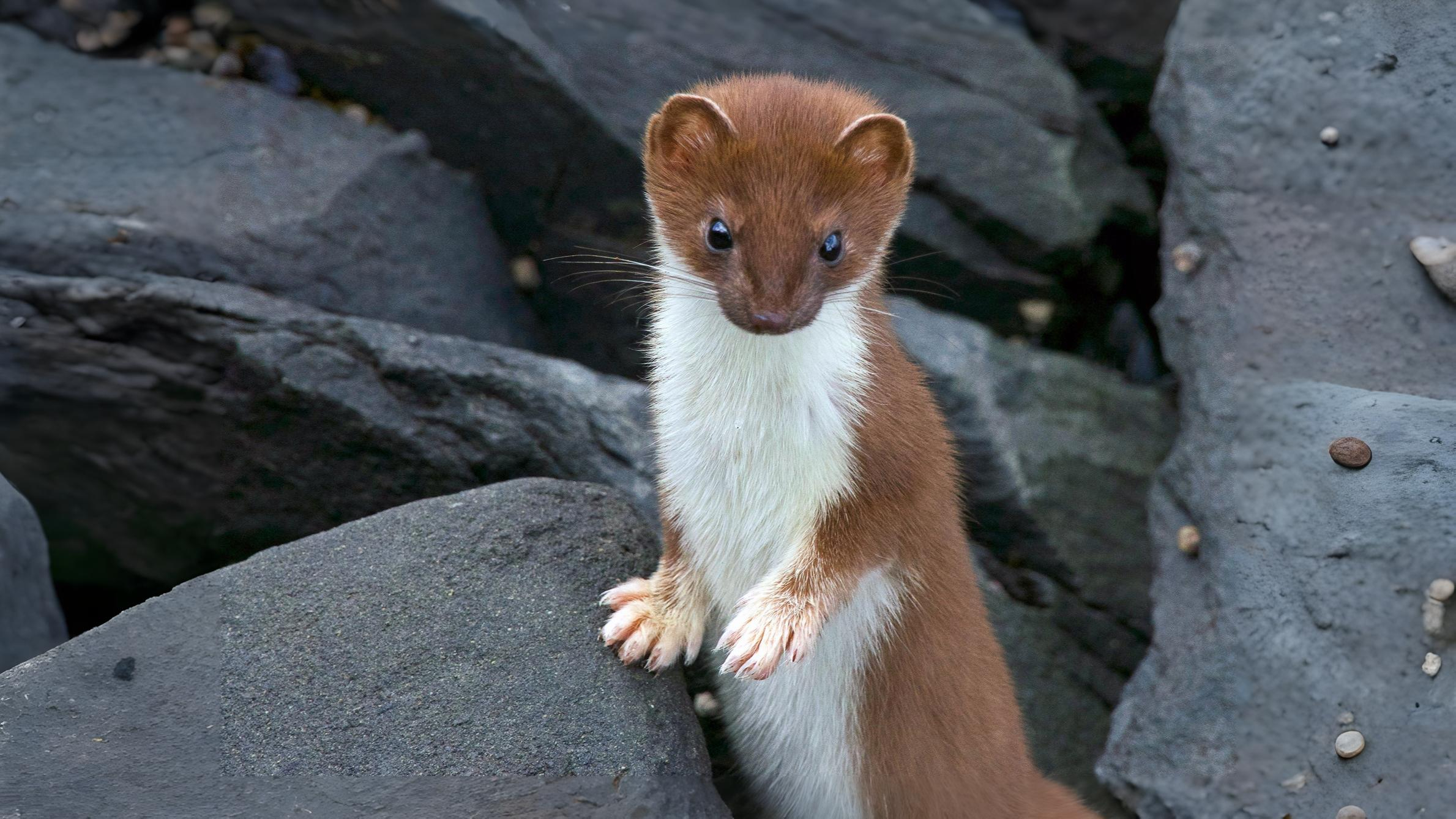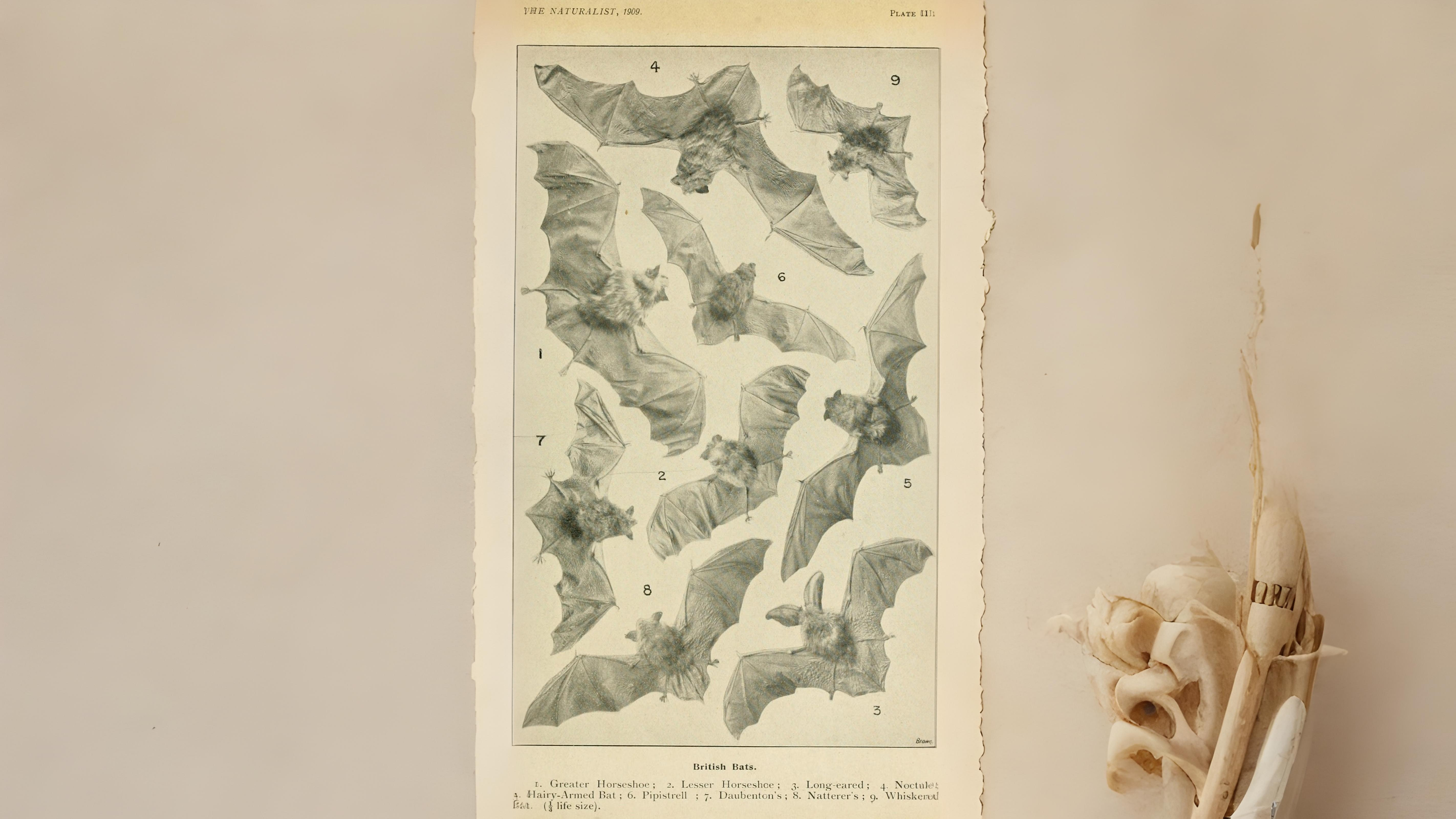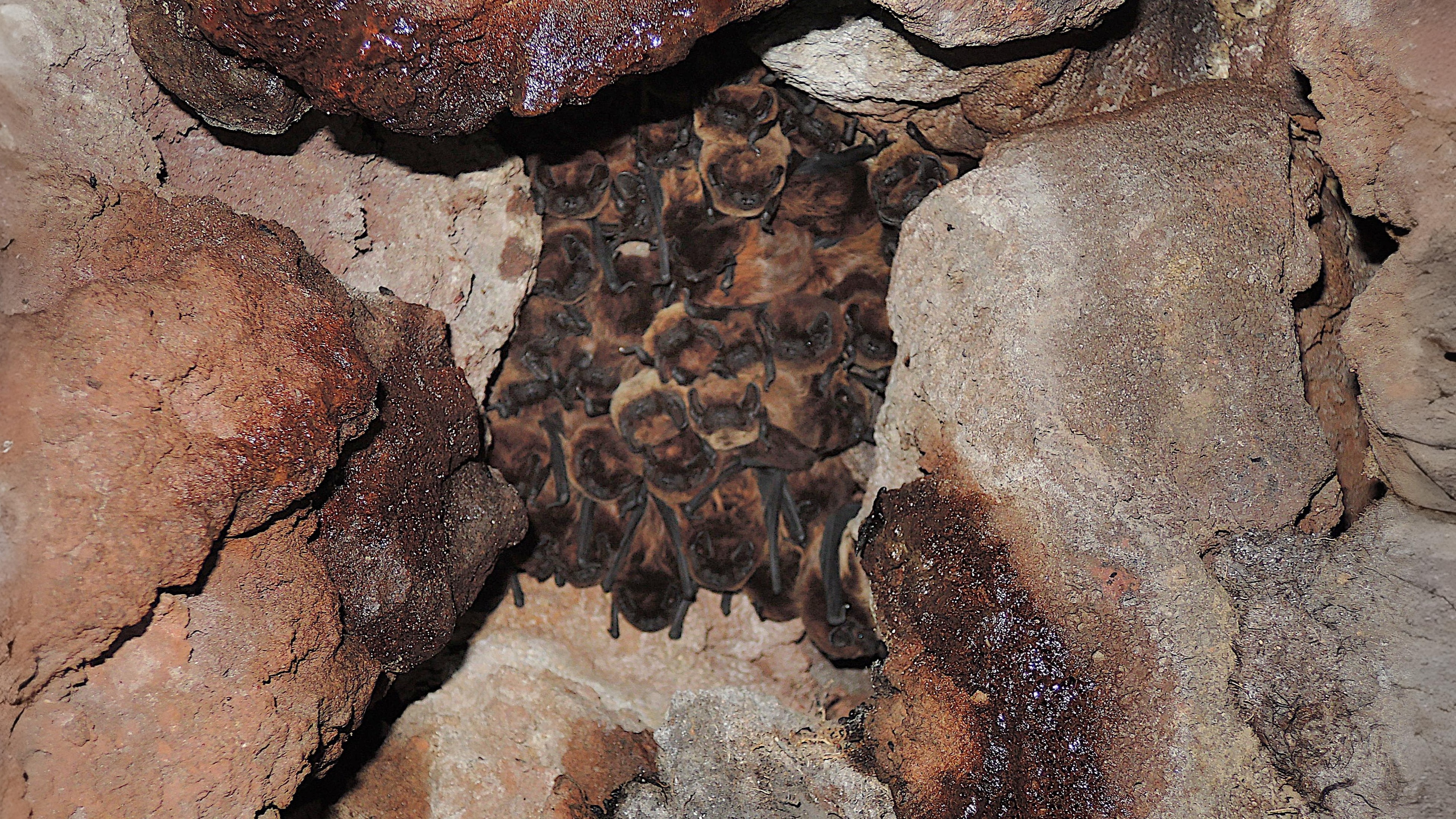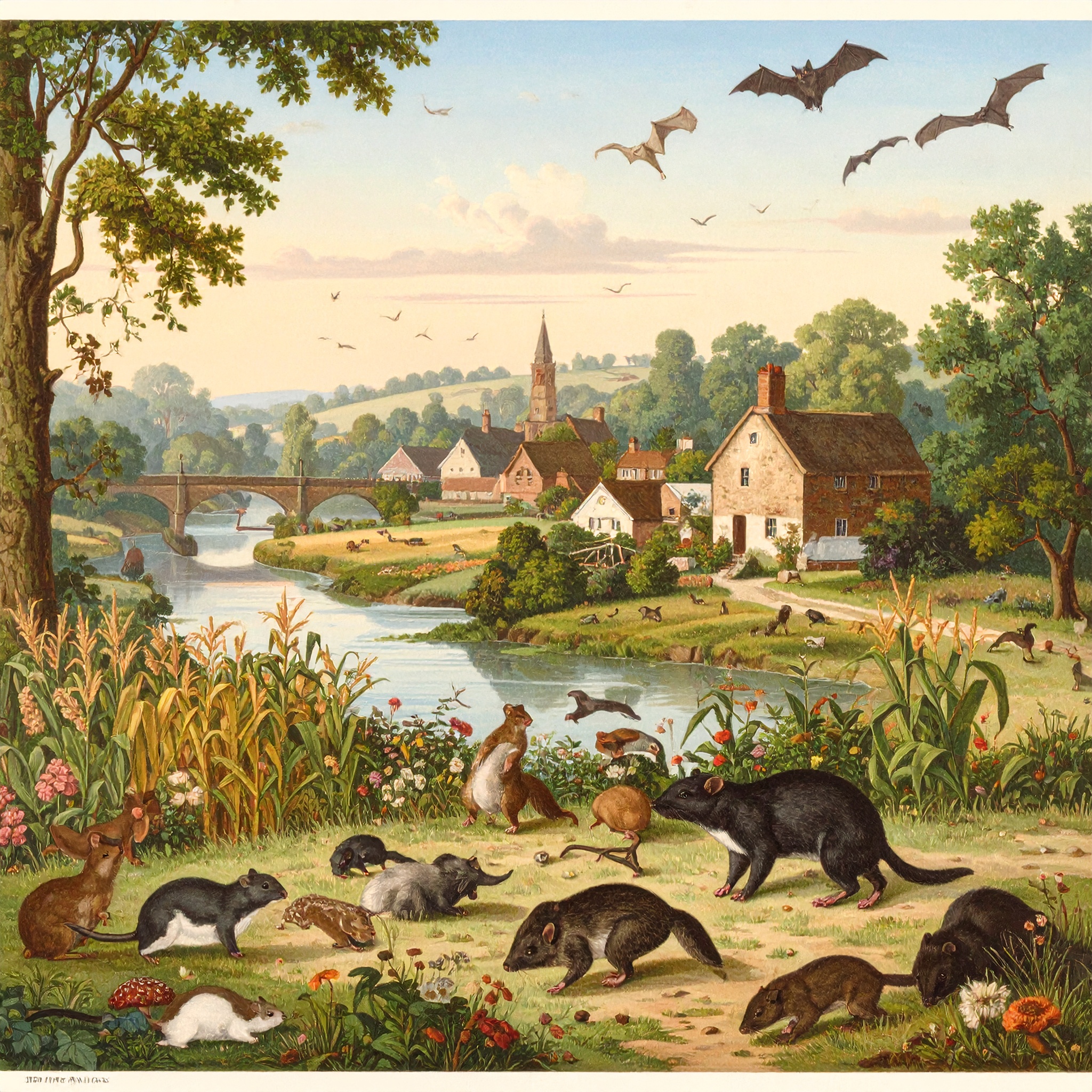
🐾 Return on 19 July to uncover the quieter, often overlooked creatures of London’s wild spaces — from the elusive water shrew to the torch-lit ballet of bats over the Thames. It’s a rich, fleeting moment in the city’s natural calendar.
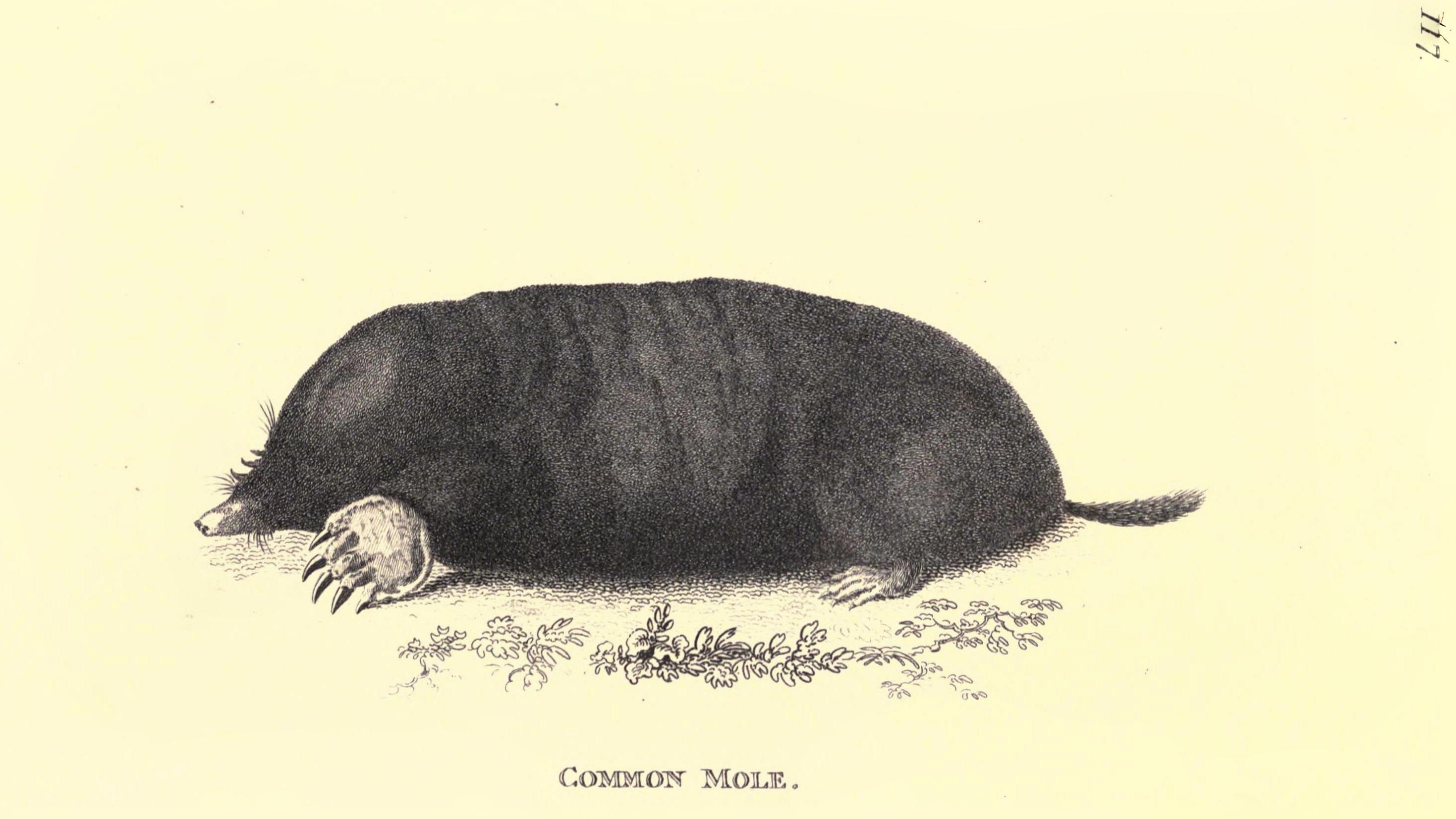

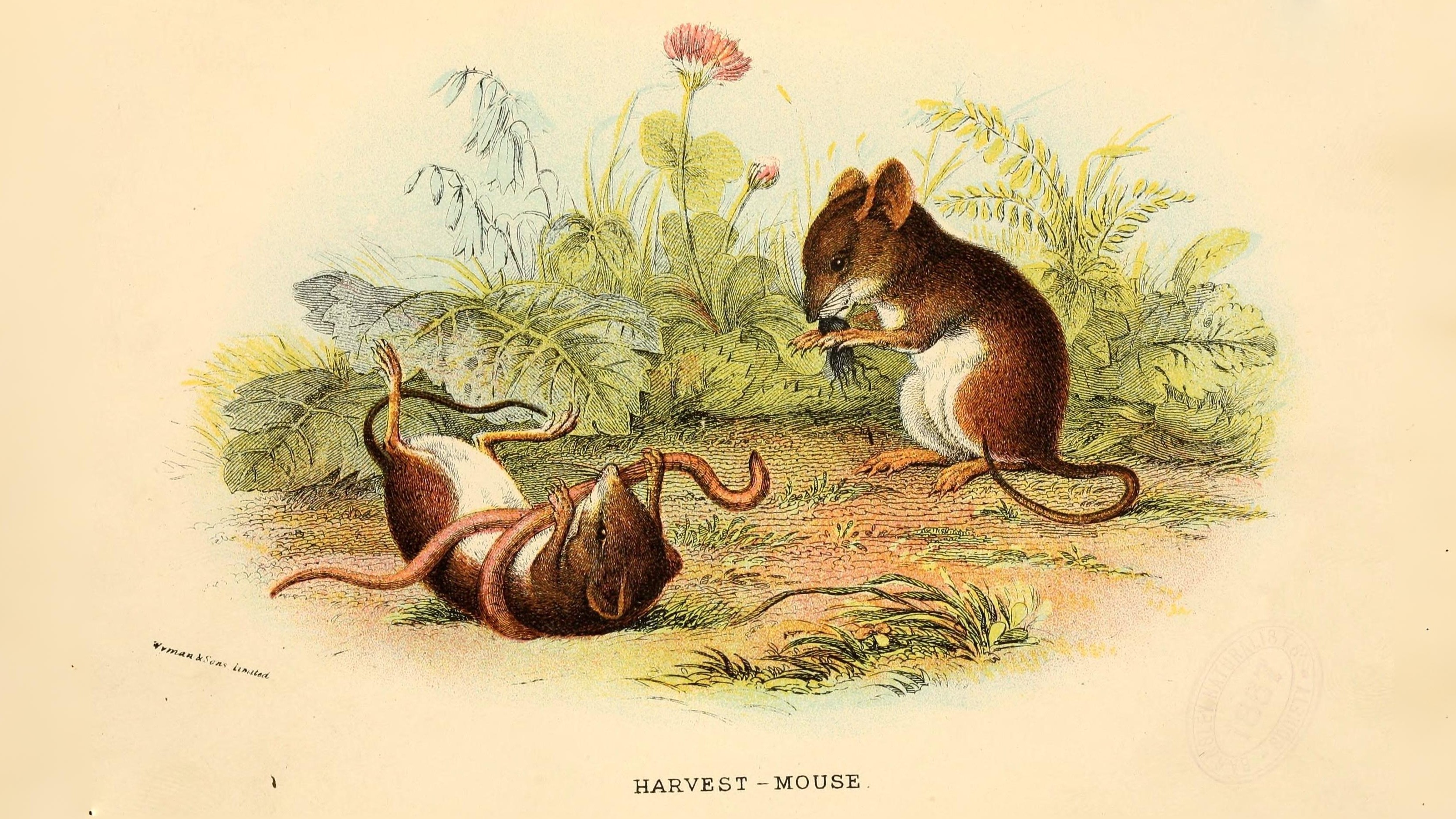

Another, less popular, rodent is the brown rat which may now be on its second or even third litter. This month they tend to be seen looking for food away from their usual haunts in more open areas. They like areas of low bramble at the edges of woods where it is easier for their inexperienced young to escape predators.
